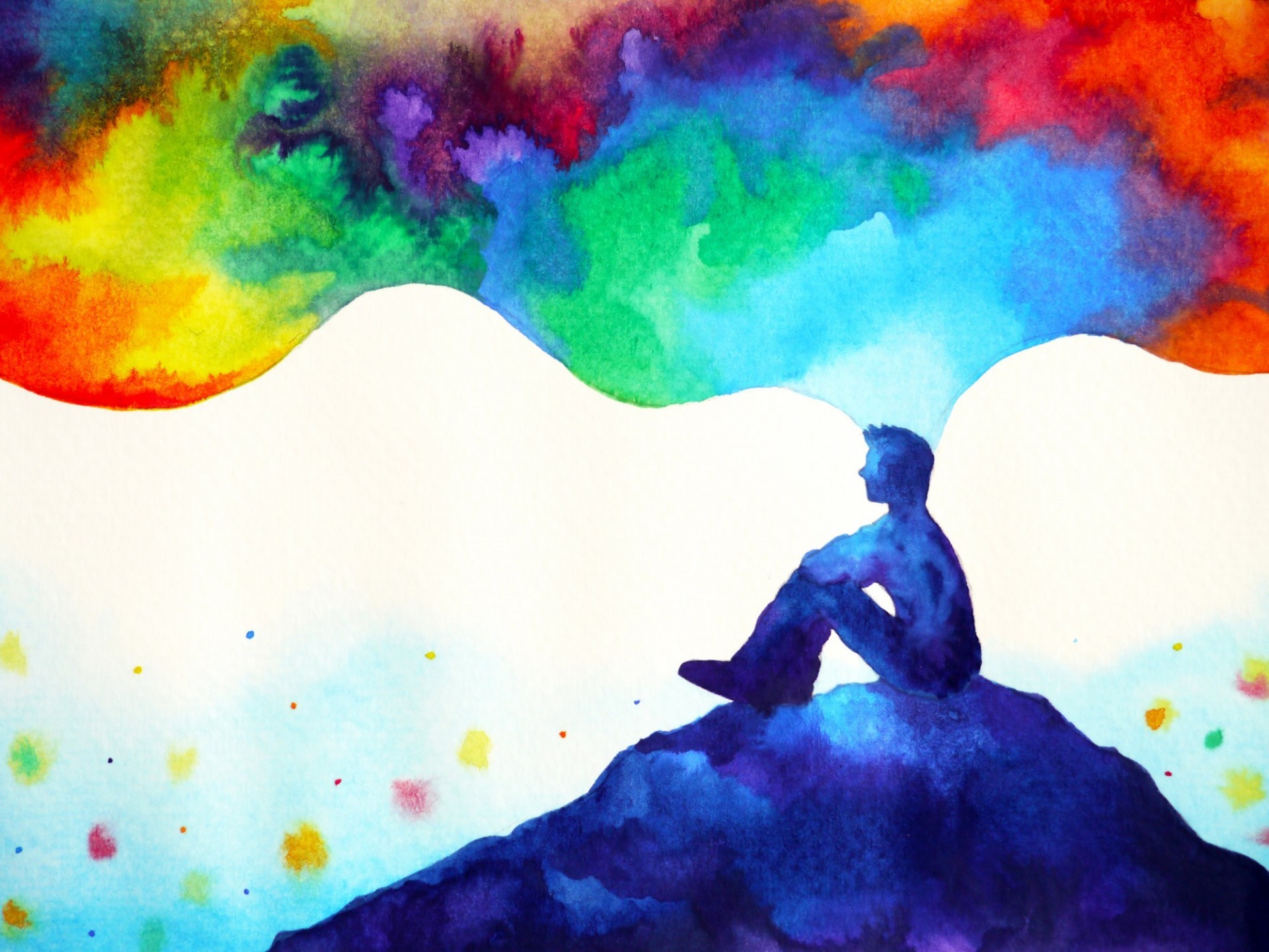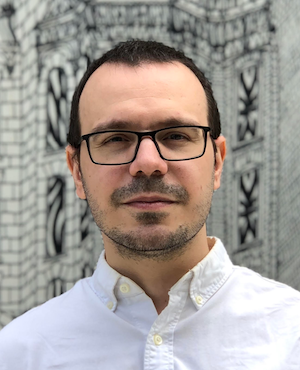Mind-Wandering between Memory and Creativity


When our minds begin to wander, where do they go? Mind-wandering has been a focus of art and science alike. Writers, artists, filmmakers, and others have found creative inspiration during periods of mind-wandering. Many stories and works of art depict characters in the midst of mind-wandering, with these daydreams coming to life on paper, canvas, or the big screen. The fields of psychology, neuroscience, and contemporary psychoanalysis also have unique perspectives on how mind-wandering and other passive thought processes can be probed to understand one’s inner thoughts and anxieties, and how they may be used as a tool for recollection, planning, and problem solving.
On September 27, Presidential Scholar in Society and Neuroscience Valerio Amoretti will moderate a panel with Lawrence Brown (Clinical Psychologist and Psychoanalyst at Boston Psychoanalytic Institute), Kalina Christoff (Professor of Psychology at University of British Columbia), and Joseph E. LeDoux (Henry And Lucy Moses Professor of Science, University Professor, Professor of Neural Science, Professor of Psychiatry, and Professor of Child and Adolescent Psychiatry at NYU), to discuss the relationships between mind-wandering, memory, and creativity.
Prior to the event, we spoke with Amoretti for some background information on mind-wandering and its potential for science and in society.
Since I have been studying psychoanalysis and creativity over the years, I’ve come across many thoughtful theories about mind-wandering and related states of mind, so you could say that my interest emerges out of those theories. But also, in my personal experience, I’ve long noticed that, when I am stuck on a problem or an idea that doesn’t quite come together as I would want it to, the best I can do is to think about something totally different—to listen to music, or go for a walk or a bike ride. Often, when I do that, the answers I was looking for come to me spontaneously—in the course of what we may call mind-wandering or daydreaming—almost as though at some level I had continued to think about the problem the whole time, unconsciously. Indeed, sometimes it seems almost as though focused attention is a hindrance to free, creative thinking, rather than its necessary condition.
Mind-wandering is a rather generic term, of course, so in some sense it’s just everywhere! Many, if not most, novels will depict a character in the midst of a daydream at some point. A lot of poetry is formally and thematically concerned with the nuances of our consciousness, including the wandering of our thoughts. But my favorite representations of mind-wandering in literature are those that employ the so-called ‘interior monologue’ or ‘stream of consciousness’ technique perfected by the great modernists in the first half of the twentieth century, like Virginia Woolf and James Joyce. What I find fascinating about their efforts to represent the wandering mind on paper is not only that the results are—still today—surprising, and can be startling to readers; but also, that these efforts seem to be underpinned by a sense that the stream of consciousness, the continuous flow of thoughts in the mind, is a meaningful (as opposed to random, and therefore meaningless) aspect of life.
This will sound banal, but I believe it is true: there are problems whose solutions can be found by systematically proceeding according to pre-established rules and logic, and these are probably best solved by giving them one’s undivided focus and attention (or, in some cases, by delegating those tasks to computers). And then there are problems which require the invention of something new, the questioning of rules and logic, the mixing of ideas and concepts that hadn’t been mixed before in that particular way. In other words, creativity. I would argue that mind-wandering is the foundation of the second kind of thinking. The difficulty is that in real life most forms of work (say, writing an academic paper) involve a combination of the two types of problem-solving above. So the question becomes how to find the right balance between phases of sustained focus and moments of creative mind-wandering. Incidentally, when I was discussing this event with a faculty member, he commented that mind-wandering was “what he does for a living.” There you have it!
This is a huge question, if you get into the details. Strictly speaking, since you are aware of your thoughts when you are mind-wandering, these are no longer unconscious. Still, there are at least two broad theories about their significance that I find interesting. The first is that the thoughts that enter consciousness in a moment of daydreaming can be used to infer something about other stuff that remains outside of consciousness. The other is that the apparently random nature of mind-wandering reflects the operation of some sort of ‘house-keeping,’ some background process of sorting and elaborating thoughts. This either happens all the time but is hidden from view when we’re busy tending to our tasks, or it happens only when we’re not busy tending to our tasks. All of these theories, which are not mutually exclusive, have been extensively explored by psychoanalysis—and this is an area where insight from neuroscience could really help refine the theory.
That mind-wandering and related phenomena are not only normal but indispensable for a healthy life of the mind, that they play a part in modern therapeutic approaches, and that they are also the subjects of an emerging field in neuroscience. Also, more broadly, that psychoanalysis and neuroscience still have much to say to one another.
Join Lawrence Brown, Kalina Christoff, Joseph E. LeDoux, and Valerio Amoretti for Mind-Wandering between Memory and Creativity on September 27 at 4 PM ET via Zoom. This event is free and open to the public, but RSVP is required via Eventbrite. This event is part of the Seminars in Society and Neuroscience series.
